
Guam’s Political Status
Since the claim by Spain over the Mariana Islands in 1565 and the settlement of Jesuit missionaries and conquest of the CHamoru people in the

Since the claim by Spain over the Mariana Islands in 1565 and the settlement of Jesuit missionaries and conquest of the CHamoru people in the
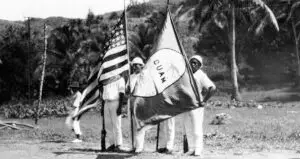
Few peoples in the world have had continued colonial status for the past 330 years. However, the CHamoru people can claim this unfortunate distinction. It
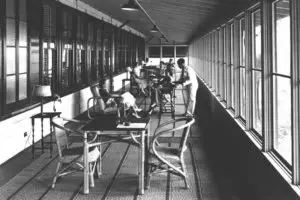
To understand the evolution of tourism in Guam, it is useful to reflect on events that have happened since the advent of tourism in the
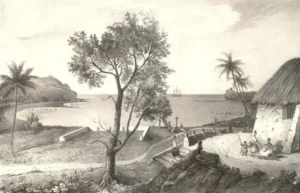
It is difficult to envision the reality of Chamorros who survived the colonization by Spain. A 10-year-old boy who witnessed the arrival of Padre Diego
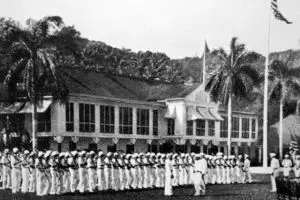
Captain Henry Glass’ bloodless seizure of Guam on 20-21 June 1898, his quick departure without establishing an American take-over government, and even the tears of
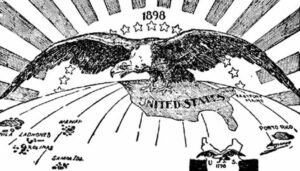
Colonialism is a process of usurping an existing order or orders of meaning for a territory or a people, and replacing them with a new
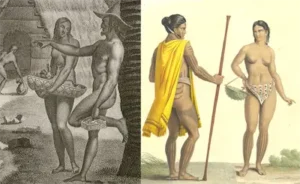
Interpretive essay: No evidence of CHamoru tattoo from ancient times. Tattoo is often thought to have been a universal cultural practice in the Pacific islands.
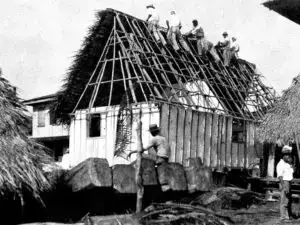
Interpretive essay: Striving for harmony is the foundation to CHamoru culture. The phrase inafa’ maolek (pronounced e-na-fah mao-lek) describes the CHamoru concept of restoring harmony
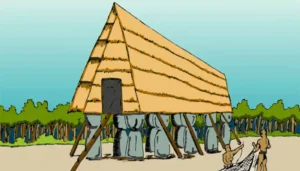
When European explorers of the 16th and 17th centuries visited the Mariana Islands, they witnessed impressive Chamorro villages built during the Latte Period, between AD